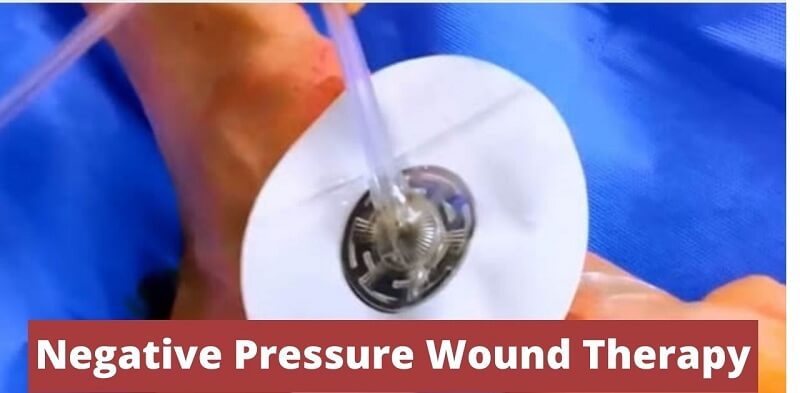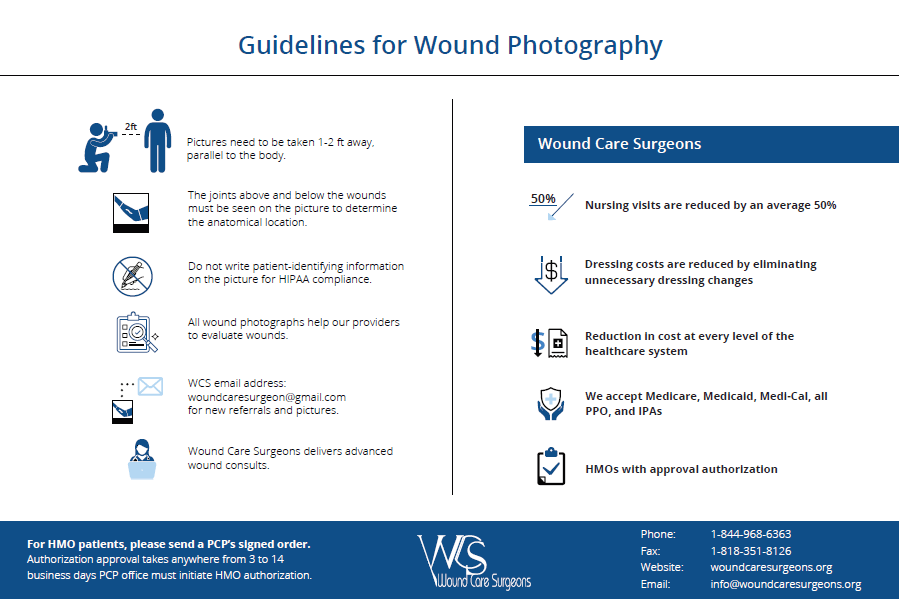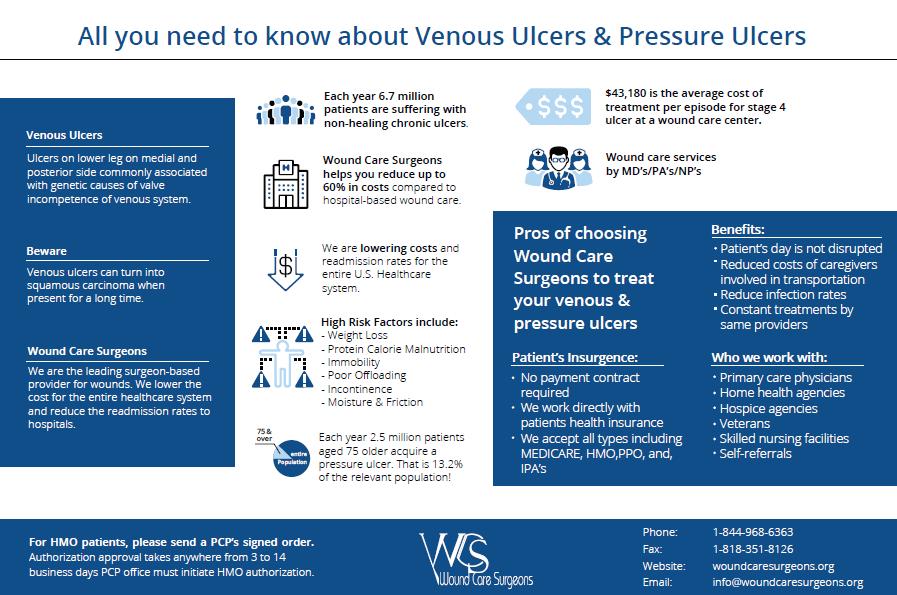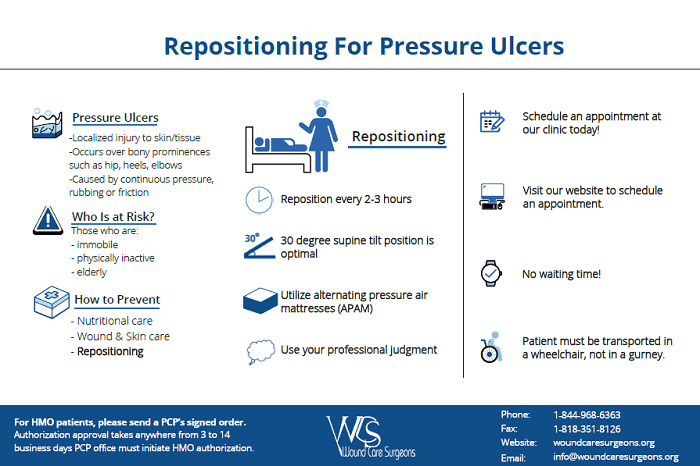
What Is a Wound Vac ( Negative Pressure Wound Therapy ) ?
Vacuum-assisted closure (VAC) of a wound is a type of therapy to help the wound heal by decreasing air pressure around a wound. Also known as Negative Pressure Wound Therapy , a healthcare professional / Wound Care Specialist applies a special dressing (bandage) is sealed over the open wound and a vacuum pump is attached that creates negative pressure around the wound and pulls the edges of the wound together to help the wound heal in several ways. In simple words, the wound vacuum device removes air pressure over the area of the wound and keeps it lower than the pressure in the atmosphere. This helps reduce swelling and clean the wound by removing bacteria.
VAC therapy is equally or more effective than conventional wound closing techniques as it helps in many ways like stimulating the growth of new tissue and preventing infections . In this blog, we are explaining how VAC therapy helps in effective wound healing and its benefits. Let's have a look:
Where A Wound Vac Therapy Is Beneficial To Use?
There are several types of wounds where wound vac therapy can be used for effective healing. Here they are as follows:
1. Burns - Negative pressure wound therapy helps treat people with burn wounds or soft-tissue trauma. It is a safe and effective option without causing excessive inconveniences in patients.
2. Cesarean delivery (C-section) - VAC therapy can also be used to help prevent infection in women who have had C-section surgery. Plus, it also has positive effects on women with heavyweight and at high risk for developing wound complications.
3. Surgical Wounds - The patients with traumatic injuries and postoperative wounds can also get healing benefits from VAC therapy. Vac helps prevent infections after surgery as well as a cost-effective option that conventional treatment plans.
4. Pressure Ulcers - Also known as chronic or sores can be safely treated with VAC therapy.
Wounds That Are Not Suitable For Wound Vac Therapy
1. Cancer tissue
2. Infected wounds
3. Areas with poor blood flow
4. Exposed organs etc.
How Does Wound Vac Therapy Work?
This wound vac therapy includes a vacuum pump, a special bandage for dressing, a canister to collect drainage, and tubing. Firstly, the Wound Care Surgeons will cover your wound with a foam or gauze wound dressing sealed with a thin layer of film. There is an opening in the film that connects to a drainage tube which leads to a portable vacuum pump. When the pump is turned on, it draws fluid and infection from the wound through the foam and also pulls the edges of the wound together. The pump may run all the time or in cycles. It depends on the type of wound vacuum system used.
The undergoing person wears the device for almost 24 hours per day while they are healing. The dressing needs to be changed once a day or more often depending on the type of wound. You or your caregiver will be trained by wound care experts to do this at home or it may be done by themselves.
What Are The Benefits Of Wound Vac Therapy?
Wound VAC is a cost-effective treatment option to treat various types of wounds. It has several benefits including:
1. Reduces swelling and inflammation
2. Removes bacteria and excess drainage from the wound
3. Keeps the wound moist and warm
4. Increased blood flow to the wound
5. Draws wound edges together
6. Decreases redness and overall discomfort
What Are The Risks Of Vacuum-assisted Closure Treatment?
The wound care surgeons or doctors may recommend vacuum-assisted closure if a person is suffering from a burn, pressure ulcer, diabetic ulcer, or chronic, non-healing wounds to help faster-wound healing with fewer risks of infections. But additionally, there are a few risks that may occur and require discontinuation of the therapy.
The associated risks can include:
-
Bleeding which can be severe
-
Wound Infection
-
Tissue death from the tubing
-
Injury around the wound
-
Fistula formation
-
Skin cancer due to increased blood flow in the wound bed
-
Increased pain due to the adhesive transparent tape etc.
-
Nearby bone infection
-
Exposed blood vessels etc.
-
Poor blood flow to the wound
-
Fragile skin due to aging or long-time use of topical steroids etc.
If the patient experiences lack of healing, drainage in the dressing, severe bleeding, or blood clot under the dressing, the wound VAC therapy can be stopped.
Frequent Dressing Changes Are Important
After going through the therapy, the dressing is required to be changed every 24 to 72 hours to ensure effective wound healing and to prevent any potential infections. In regular cases, the dressing is changed 2 to 3 times a week but if the wound is infected, it needs to be done more often. The task is required to be executed by professional doctors, nurses, or Wound VAC Management experts from healthcare facilities. They are especially trained and experienced for this job.
However, there are a few precautions that are required to be taken while changing dressing such as:
-
Washing hands before and after each dressing change.
-
Use of protective gloves.
-
If the person who is changing dressing has any open cut, injury, or skin condition, it needs to be healed first properly. In this case, another doctor should change the dressing.
Prevention Measures For Wound Vac Management
The wound care surgeons will prescribe vac dressing only if it is safe and necessary for the patients to ensure effective wound healing. While the complications can arise, preventive steps need to be taken. Here they are as follows:
-
Make sure that the doctor changing dressing is wearing rubber gloves.
-
Ask healthcare providers whether to stop taking aspirin or other medications that affect bleeding or blood clotting.
-
Avoid keeping the wound vac dressing on without suction for more than 2 hours as it can lead to infection. If the dressing is not repaired or replaced within 2 hours, make sure to remove the entire dressing and consider gauze dressing over the wound.
Final Words
Living with a wound vac can be a little daunting and complex task for the patients, but being aware of important things about the ongoing treatment can make it easier. Vac therapy is an effective treatment option to treat open wounds and increase the healing process. A variety of wounds can be effectively treated with negative pressure wound therapy which is caused by, for example, burns and C-sections , etc. If you are undergoing wound vac therapy, consult your wound care experts and get more information.



